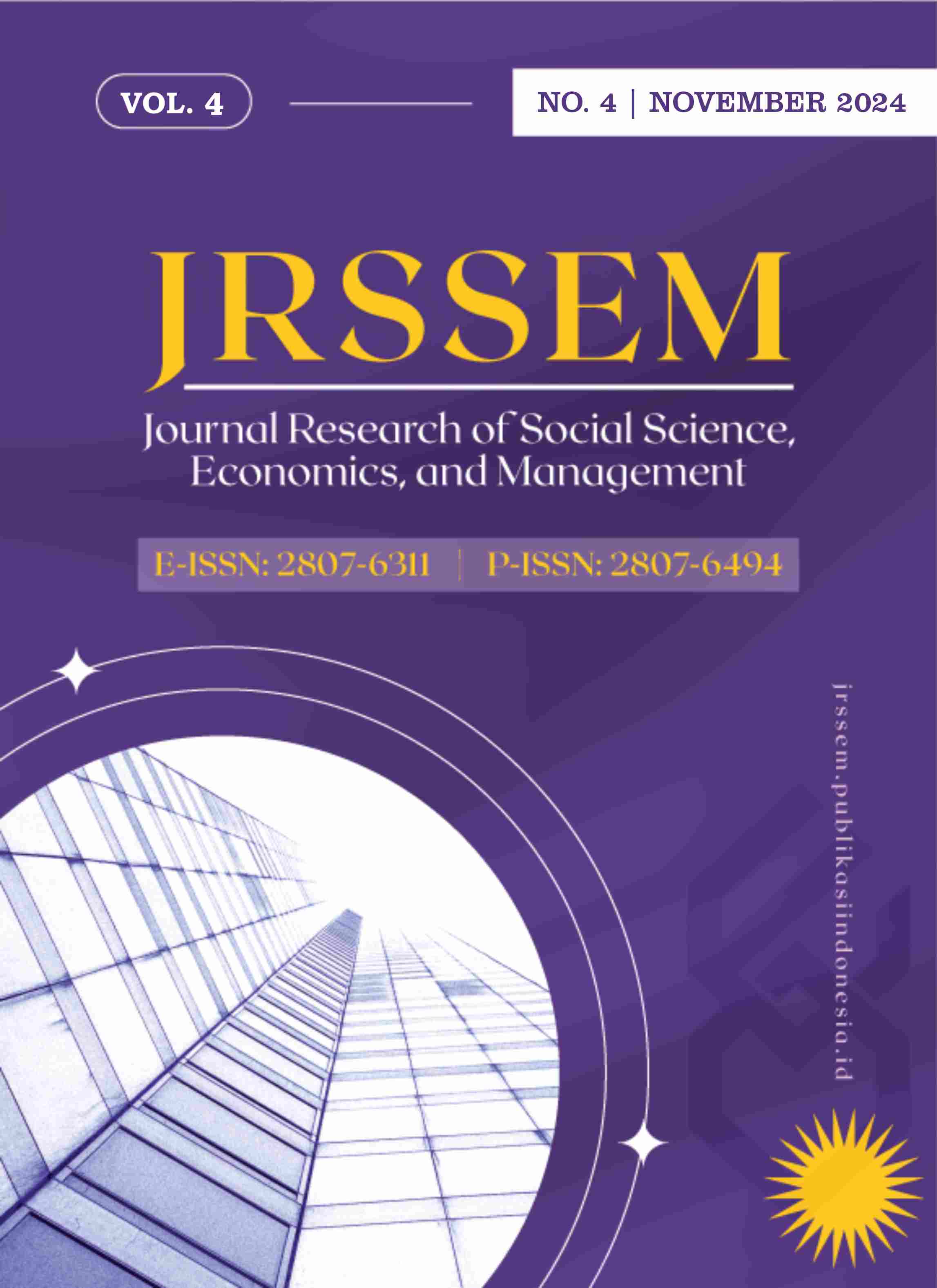Risk Factor Assessment Causing Contract Change Orders in the Double-Double Track Project
DOI:
https://doi.org/10.59141/jrssem.v4i4.739Keywords:
risk assessment;, contract change order;, double-double track projectAbstract
The Indonesian government is actively pursuing infrastructure development, with railway projects being a key focus due to their high demand in Jakarta and its surrounding regions. However, the complexity of railway projects often leads to delays and numerous changes, resulting in scope modifications that necessitate change orders, which have negative consequences for the project. Managing these risks effectively is essential to mitigate their impact on project costs and performance. This study proposes a solution through the application of risk management using a qualitative method known as the Probability Impact Matrix, which helps assess the most significant risks leading to change orders. The research aims to identify and assess the risks responsible for contract change orders in the Double-Double Track Development Project. It uses a mixed-method approach, focusing on two main phases: risk identification and risk assessment. The study examines five risk factors, including project-related factors (X1), owner-related factors (X2), contractor-related factors (X3), design-related factors (X4), and external factors (X5). The results demonstrate that all five variables significantly influence changes in project scope, with risk levels ranging from moderate to high. These findings provide valuable insights for project owners, consultants, contractors, and other stakeholders involved in construction project management. The study serves as a reference for decision-making and the implementation of control measures to minimize the negative impact of change orders.
Downloads
Published
How to Cite
Issue
Section
License
Copyright (c) 2024 Anggi Sanjaya, Wisnu Isvara

This work is licensed under a Creative Commons Attribution-ShareAlike 4.0 International License.
Authors who publish with this journal agree to the following terms:
- Authors retain copyright and grant the journal right of first publication with the work simultaneously licensed under a Creative Commons Attribution-ShareAlike 4.0 International. that allows others to share the work with an acknowledgement of the work's authorship and initial publication in this journal.
- Authors are able to enter into separate, additional contractual arrangements for the non-exclusive distribution of the journal's published version of the work (e.g., post it to an institutional repository or publish it in a book), with an acknowledgement of its initial publication in this journal.
- Authors are permitted and encouraged to post their work online (e.g., in institutional repositories or on their website) prior to and during the submission process, as it can lead to productive exchanges, as well as earlier and greater citation of published work.













